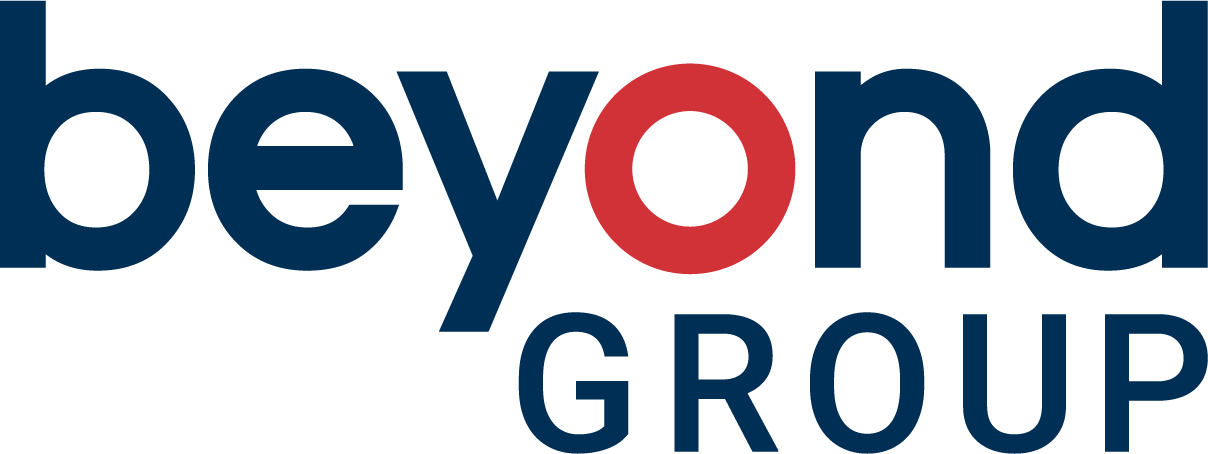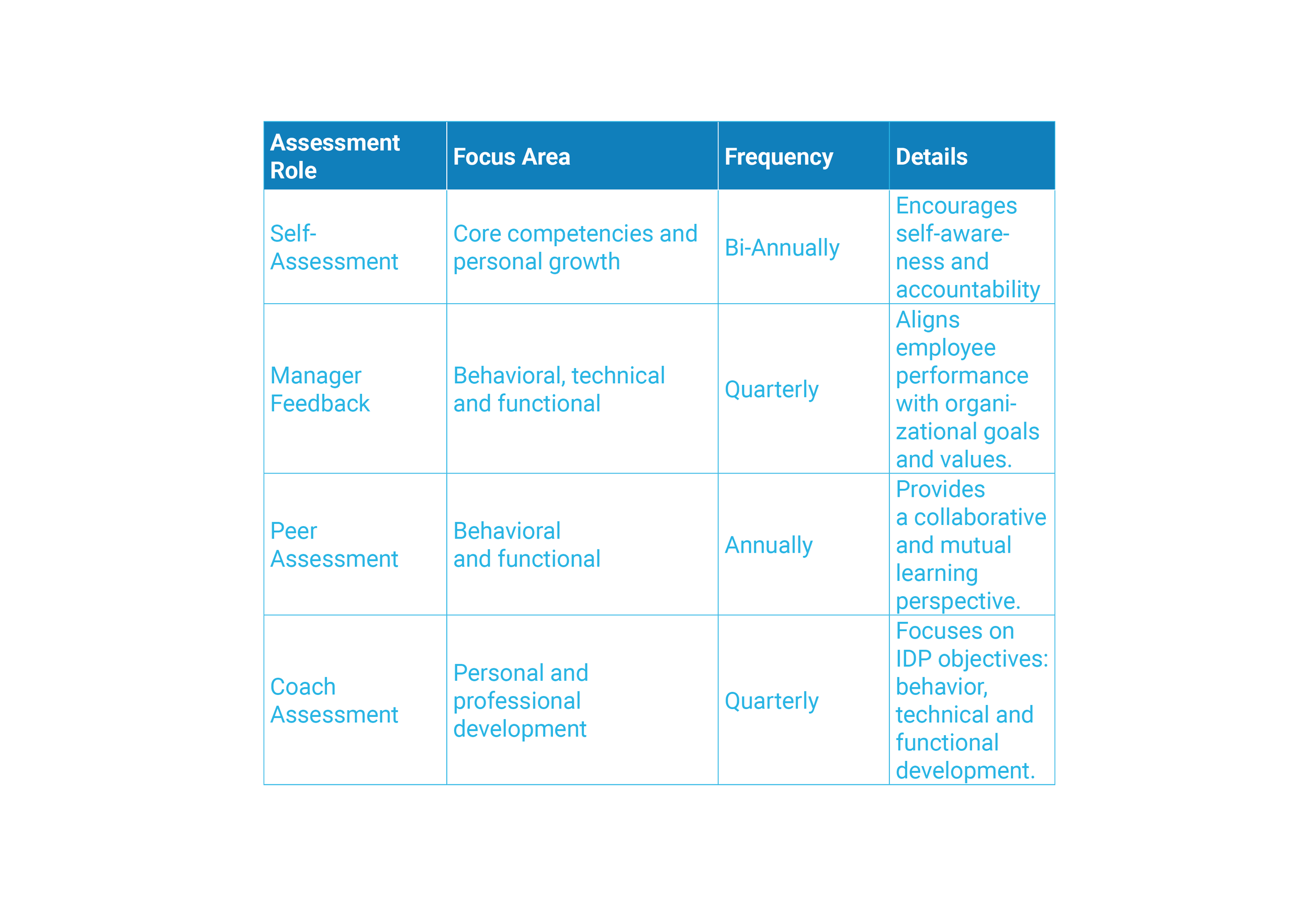Talent Agility Global
The future of performance management: embracing talent agility programs
Organizations face an escalating talent retention challenge, particularly among younger generations who prioritize purpose-driven, growth-oriented, and learning-focused workplaces. This issue is compounded by many businesses' slow adaptation to rapid market and technological changes, leaving them vulnerable to losing their competitive edge and resilience. At the same time, workplace mental health challenges are on the rise, with employees frequently citing a lack of meaningful feedback and development opportunities as significant stressors. Traditional employee appraisal systems, rigid and transactional by nature, exacerbate the problem, often leading to disengagement and failing to deliver measurable performance improvements, leaving both employees and organizations frustrated.
In response to these pressing challenges, Beyond Group has designed the Talent Agility Program (TAP), a transformative approach to employee appraisal and performance management. Initially developed for internal purposes, TAP has evolved into a dynamic framework being rolled out with clients across diverse industries. This system leverages technology to foster organizational agility, enabling organizations to adapt to change while maintaining resilience. TAP reimagines appraisals as empowering vehicles for learning, growth, and accountability, embedding continuous feedback and values alignment into every interaction.
The Case for Change: Rethinking Performance Management
Traditional performance appraisal systems, designed for static and predictable environments, are no longer equipped to meet the demands of today’s dynamic workforce. To stay competitive, organizations must prioritize agility, values, and meaningfulness in how they assess and manage performance.
As businesses navigate technological advancements like automation and AI, roles and workflows are being reshaped, demanding adaptable performance systems. Global competition and shifting market demands further emphasize the need for agility. Agile business models, which favor flexible, iterative processes over rigid hierarchies, highlight the limitations of traditional systems. Organizations are also recognizing that inclusivity, innovation, and sustainability are critical for competitive advantage, making it essential to integrate these values into performance practices.
The workforce itself has shifted significantly, with employees seeking purpose and alignment with personal values. A meaningful workplace where contributions are recognized and tied to a larger mission has become vital for attracting and retaining talent. Additionally, the multigenerational workforce, spanning Baby Boomers to Gen Z, brings varied expectations for feedback, learning, career growth, inclusion and recognition. Traditional systems fail to address these needs, leading to disengagement and misalignment, underscoring the urgency for a more dynamic and responsive approach.
Key Components of a Talent Agility Program
Traditional performance systems, such as annual reviews, rely on infrequent assessments that fail to capture real-time progress, prioritizing compliance over development. This creates a transactional dynamic, where employees feel undervalued and disconnected from the broader mission. Additionally, these systems often lack alignment with organizational values, leaving employees questioning the impact of their efforts, which undermines engagement, commitment and motivation.
TAP transcends traditional systems by embedding agility, values, and meaningful growth opportunities.
Table: Talent Agility Program vs. Traditional Performance Appraisal
TAP consists of several key components that together create a comprehensive and dynamic talent management framework:
1. Competencies Definition
Defining competencies requires alignment with the organization’s structure, strategy, and culture. Rather than adopting generic standards, competencies should reflect what truly drives success in your unique context. To define competencies effectively, companies shall consider these guiding questions:
Assess Organizational Structure: What competencies are essential at various levels or roles within your hierarchy or team dynamics?
Align with Strategic Goals: Which competencies directly support your organization's key objectives, such as innovation, customer service, or efficiency
Embed Cultural Values: How can your competencies reinforce the behaviors and attitudes that define your organizational culture?
2. Competency Framework
A structured approach to assessing and developing skills and behaviors across three progressive levels:
Learning: Employees at this stage are familiarizing themselves with required competencies and need guidance to build proficiency.
Proficient: Employees can perform tasks confidently and independently, meeting performance expectations consistently.
Mastering: Recognized as experts, these individuals mentor others, innovate processes, and proactively contribute to the organization’s growth.
3. Assessment Process
TAP incorporates multiple perspectives to deliver a comprehensive and unbiased evaluation of employee performance:
Self-Assessment: Employees reflect on their strengths and weaknesses and areas for growth, fostering self-awareness and accountability.
Manager Assessment: Managers provide continuous, real-time feedback on both technical performance and behavioral competencies.
Peer Assessment: Insights from colleagues shed light on teamwork, collaboration, and operational expertise.
Coach Assessment: Development-focused feedback guides employees on their personal and professional growth journeys.
4. Feedback and Coaching
TAP incorporates structured feedback and coaching sessions to support employee development:
Feedback: Regular feedback sessions are tailored to address technical performance, behavioral aspects, and accountability, ensuring timely interventions and recognition.
Coaching: Personalized coaching sessions align individual development goals with organizational priorities, focusing on key areas such as leadership, technical skills, and behavioral growth.
5. Growth Journey
A cornerstone of TAP is the Growth Journey, which is designed to integrate learning opportunities with career progression. Key features include:
Individual Development Plans (IDPs): Personalized roadmaps that outline short- and long-term development goals.
Learning Opportunities: Employees engage in tailored training, stretch assignments, and mentorship programs to enhance their skills.
Career Pathing: TAP ensures that growth journeys are aligned with both individual aspirations and organizational needs, providing a clear and achievable trajectory.
Overcoming Challenges
While transitioning to TAP offers numerous benefits, organizations may encounter challenges along the way. Common obstacles include resistance to change, limited resources, or lack of clarity about the program’s objectives. To address these challenges:
Foster leadership commitment to drive the change.
Involve employees early in the process to build trust and ownership.
Provide clear communication and training to ease the transition.
Talent Agility Programs are not just a replacement for traditional performance systems, they are a transformative approach to managing and developing talent. By prioritizing flexibility, values, and meaningful growth, TAP empowers employees to thrive while aligning their contributions with organizational goals and values. For organizations aiming to remain competitive and innovative, adopting a Talent Agility Program is not just an option; it is a strategic imperative.



